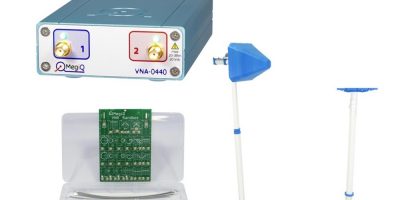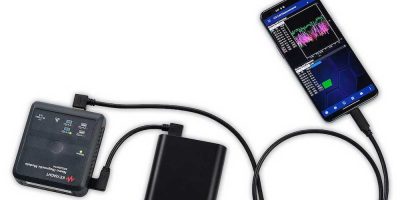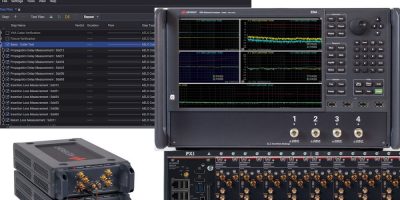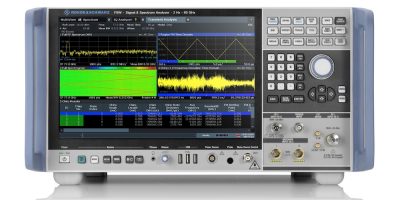For the design and verification of wireless communication and IoT devices, MegiQ RF and microwave development tools are now exclusively available from Farnell.
The distributor has added the development tools to its test and measurement portfolio which includes the full MegiQ range of vector network analysers and antenna measurement systems.
MegiQ products are the most affordable professional RF development tools in the market, says Farnell, making them accessible to IoT start-ups and universities which want to fit out a teaching lab with multiple units. The measurement tools and accessories are suitable for most wireless systems and cover microwave frequencies up to 6GHz. MegiQ tools and accessories can be used for research, development, product verification and production testing with applications ranging from education and research to manufacturing, including semiconductor, automotive and telecomms equipment design.
The RF tools are designed by engineers for engineers, and are claimed to provide RF tools provide users with everything needed to design and verify wireless communication and IoT devices in an affordable package. The toolset is especially suited to the implementation of antenna and enables engineers to measure and optimise impedances and measure antenna radiation patterns, which can be a difficult, and often obscure, process, points out Farnell. All software required for use with MegiQ’s tools is included license-free and compatible for installation on any standard computer.
MegiQ’s full range of RF development tools now available from Farnell includes vector network analysers (VNAs), all with PC software to measure, store and produce graphic output. A built-in match circuit calculator and simulator for antenna circuit development is also included.
There is also a balanced calibration kit which is an interface kit for UFL and balanced VNA measurements containing SMA-UFL adapters and adapters ranging from SMA and UFL to balanced pin headers.
Also included are radiation measurement systems to measure the radiated energy from the ‘outside’ of the antenna. This measures the gain and the total radiated power (TRP) or antenna efficiency.
VNAs in the MegiQ range come with the option to add a bespoke VNA sandbox kit, suitable for students and first-time engineers. These include all necessary accessories and a step-by-step tutorial guide for first-time users to quickly learn how to use VNAs.
James McGregor, global head of Test & Tools at Farnell, said: “With the addition of MegiQ, we continue to ensure the engineering community is supported at every level, from beginners and educators looking for competitively priced, easy-to-use tools right through to experienced professionals seeking a simple solution to their RF and microwave test needs.”







